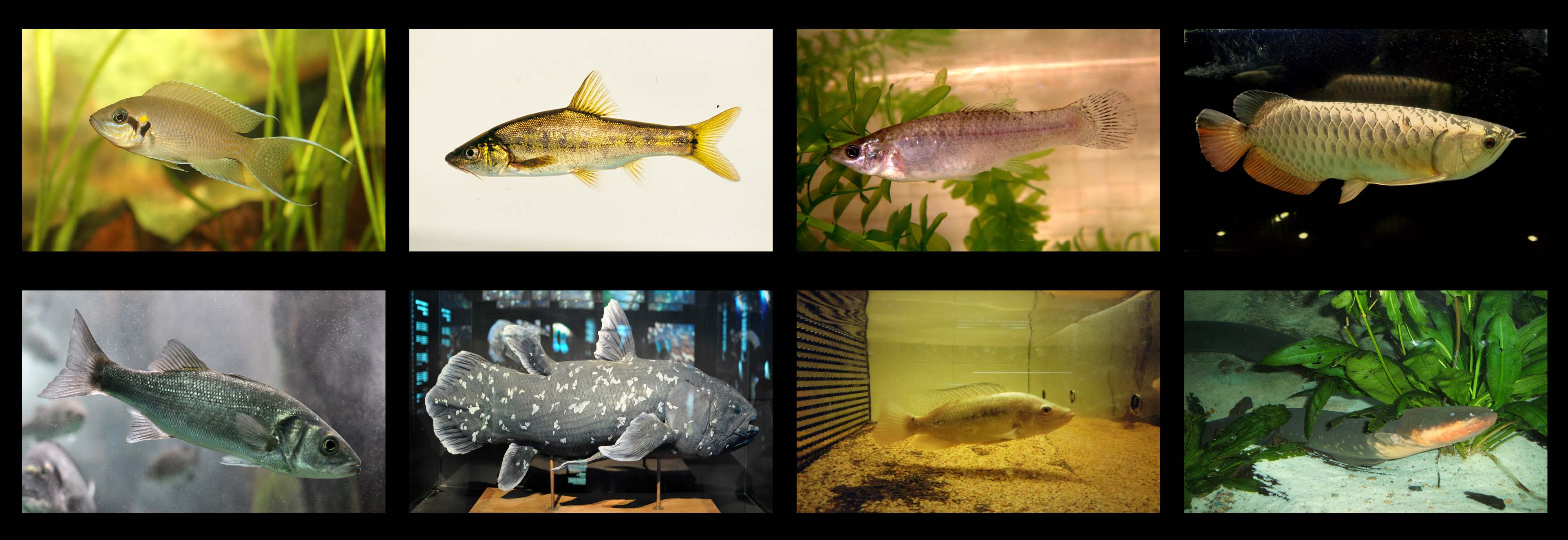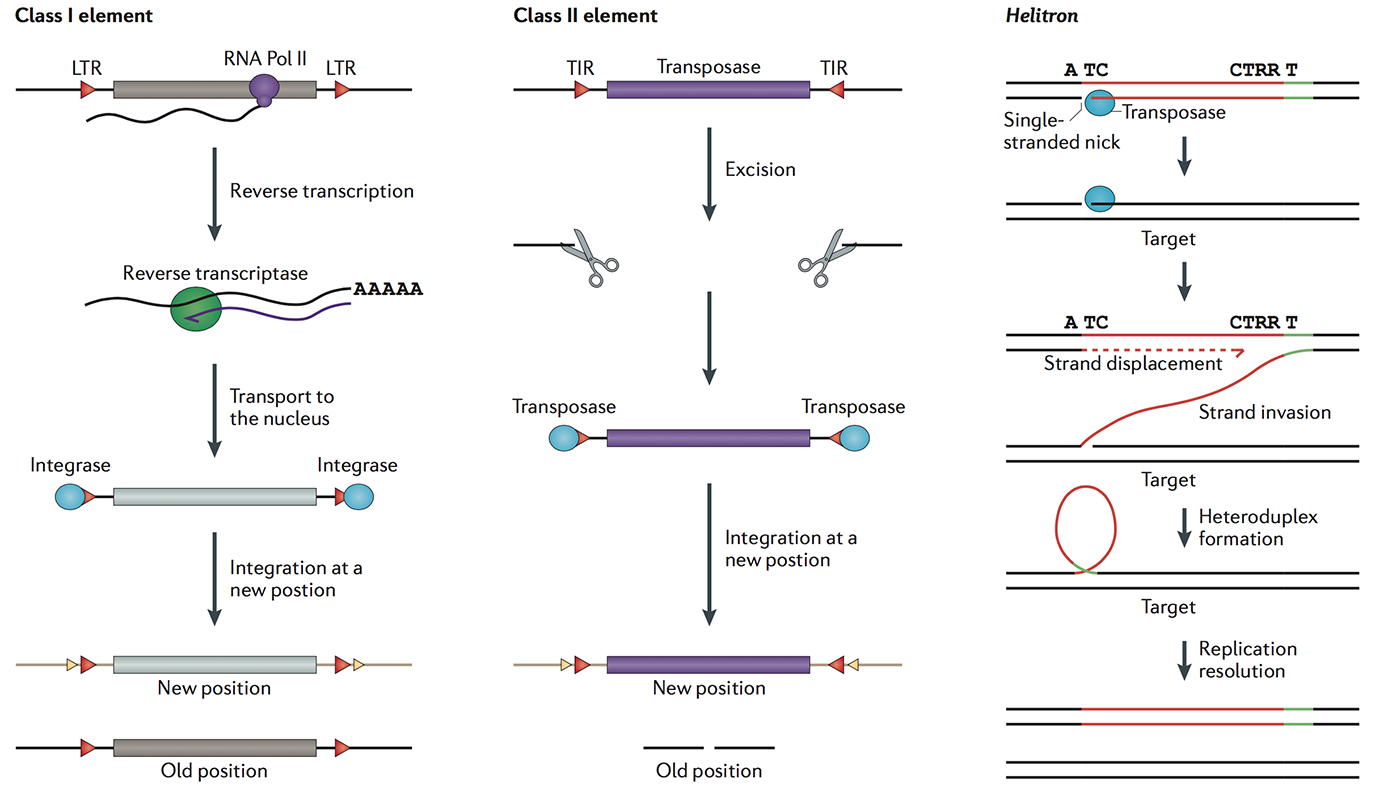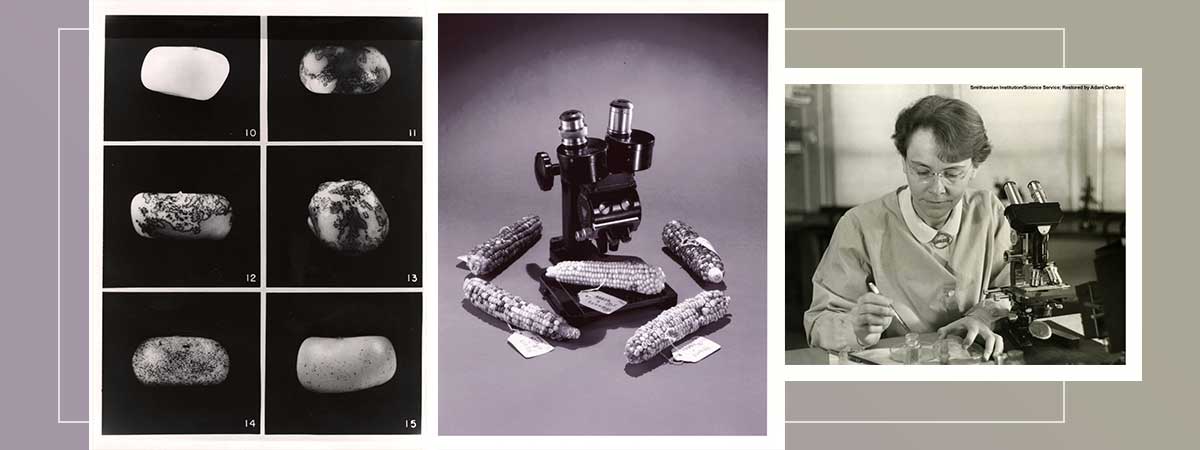Transposable elements (TEs) are discrete DNA segments that can be inserted into new chromosomal locations by one of two mechanisms. TEs are typically divided into CLASS I and CLASS II based on whether the intermediate they use to move is RNA or DNA. Based on sequence similarities and structural relationships, these classes can be further subdivided into orders and superfamilies. Retrotransposons are commonly grouped into five distinct orders, long terminal repeat (LTR), Dictyostelium intermediate repeat sequence (DIRS), Penelope-like element (PLE), long inter-spersed nuclear element (LINE), short interspersed nuclear element (SINE). DNA transposons consist of four main orders, terminal inverted repeat (TIR), Helitron, Crypton and Maverick. Transposons can affect gene regulation, function, and coding ability. Transposons also play important roles in new gene creation, chromosome rearrangement, and genome evolution.
In vertebrates, fish is the biggest and oldest group. In FishBase (http://www.fishbase.org/), 32200 species of fish have been recorded and constantly increasing in number. In the entire evolutionary history of the vertebrate, fish is a very important node. In the study of modern biology fish for the research as model organism, such as zebrafish, is not only a good developmental biology in biological model also major disease research model because of its high similarity to human genome. Lungfish and coelacanth provided evidences to the view that evolution of vertebrate from aquatic to terrestrial, it also provided the possibility for research in such aspects as morphology, molecular mechanism of transformation. Nevertheless, the TE of investigation to fish not deep enough duo to lack of consensus sequences. So a fish TEs database is needed. Access to many published fish genome sequences provide us with the incentive to undertake a comprehensive study of detected TEs in complete genome of fish and establish a fish own TEs database, FishTEDB.
The following figure is the hylogenetic tree of species in the database and the number of different types of transposons in each species. Black species names are species in FishTEDB 1.0, and blue species names are species added in this update. Bars of different colors represent different types of transposons, and the numbers represent the number of corresponding types of transposons.





